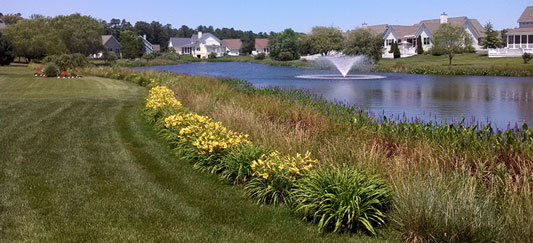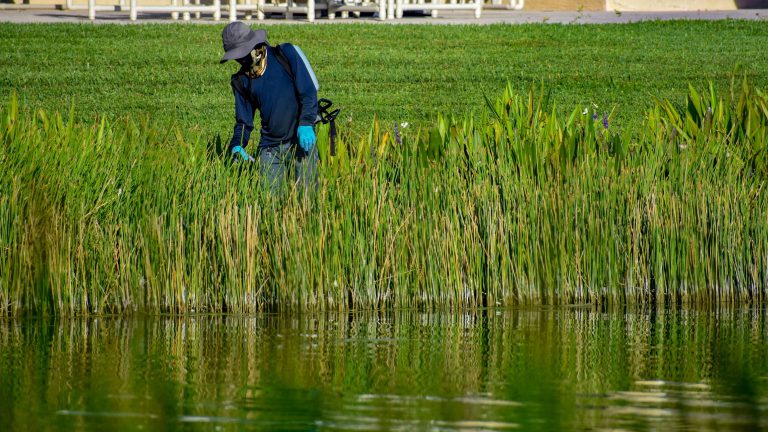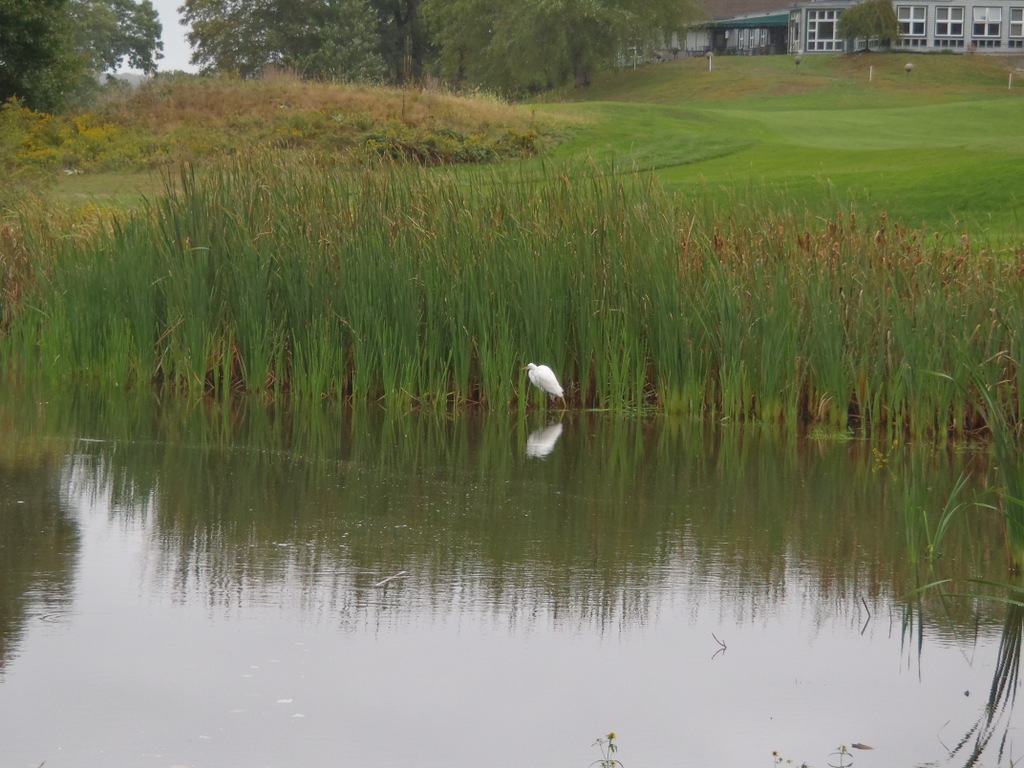
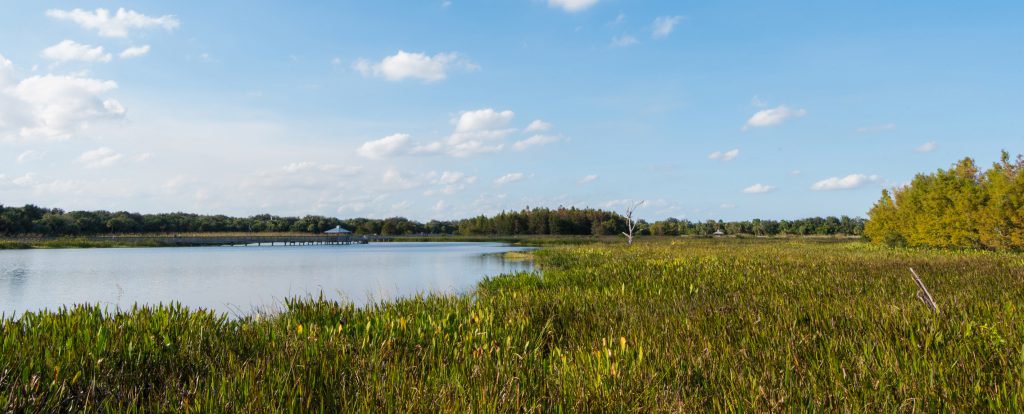
Wetland and Preserve Conservation and Management
SOLitude Lake Management has considerable experience providing lake and pond weed control and invasive species management on a wide variety of sites. Much of our work has been focused on controlling these plants in aquatic, wetland, and marsh habitats, but we have helped many clients get control of problematic species on a variety of upland sites as well. Wetlands play an extremely important role in the ecosystem, especially in southern climates like Florida. Healthy wetlands support wildlife such as birds, amphibians, crustaceans, fish, and reptiles as well as the growth of diverse vegetation.
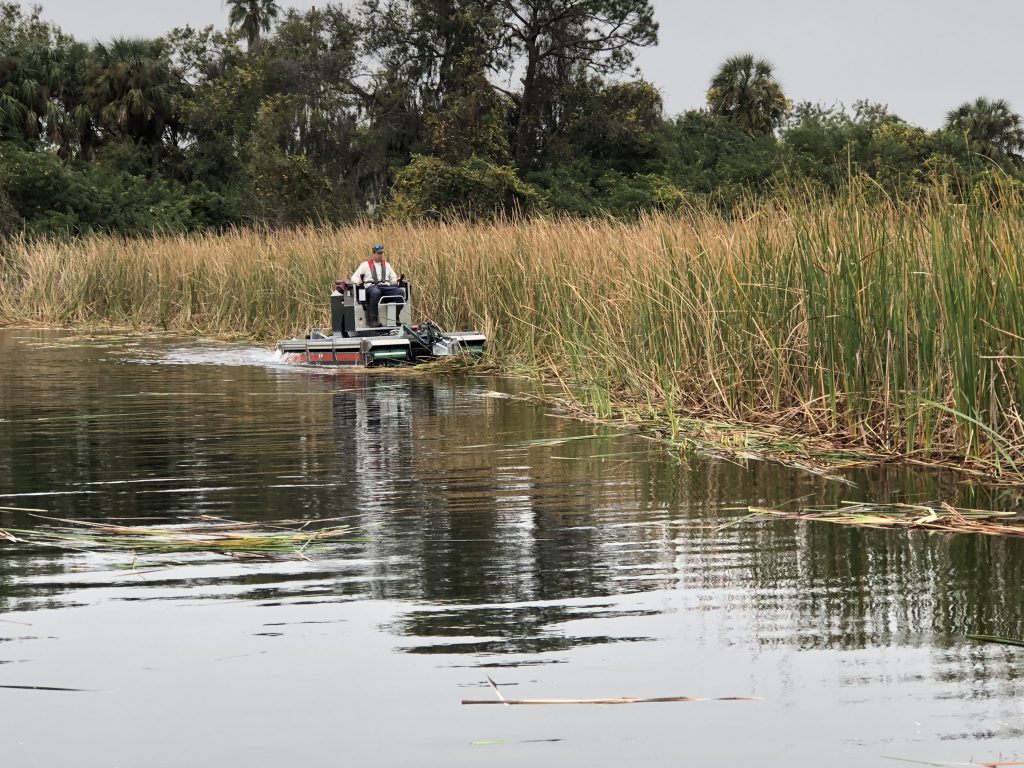
The Importance of Controlling Invasive Vegetation in Wetlands
When left unmanaged, invasive species have the potential to destroy entire native ecosystems, affecting not only the plant communities within these systems, but also the animals, fish, birds, and other living inhabitants that count on this habitat for their own survival. It is imperative to control aquatic, marsh, and upland invasive species including Phragmites, Purple Loosestrife, and other non-native species before they have a chance to dominate a system.
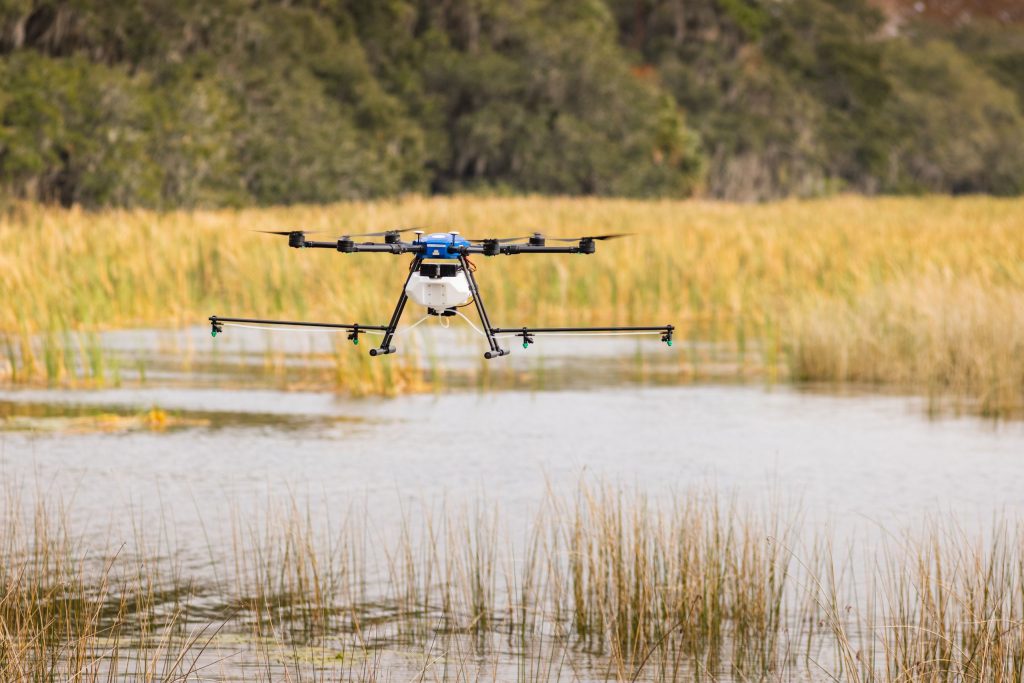
Monitoring is a key component of any lake, pond, wetland, or other invasive species management program. With regular inspections of your sites, you can identify and control problem species before they have a chance to proliferate. Early identification will also greatly reduce the expense associated with control, allowing for small-scale selective treatments like hand-cutting and targeted burning or herbicide applications by drone technology. Once a problem species has taken over, large-scale management with marsh masters or aerial treatments may be required.
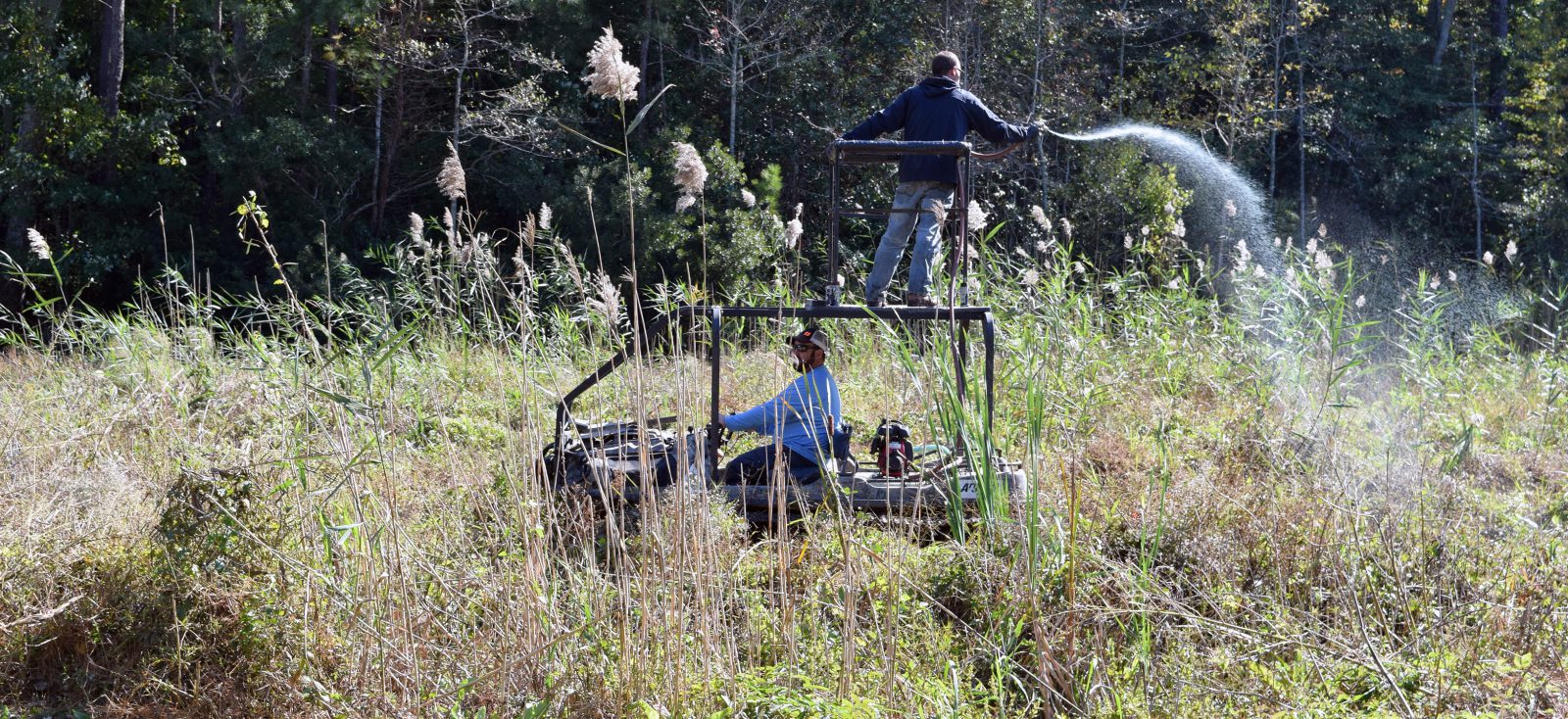
Enhance Your Wetland with Annual Management
Monitoring is a key component of any lake, pond, wetland, or other invasive species management program. With regular inspections of your sites, you can identify and control problem species before they have a chance to proliferate. Early identification will also greatly reduce the expense associated with control, allowing for small-scale selective treatments like hand-cutting and targeted burning or herbicide applications. Once a problem species has taken over, large-scale management with marsh masters or aerial treatments may be required.
It’s important to control invasive species but also promote the growth of native plants through beneficial plantings. Establishing a buffer and littoral zone of native plants near and around your water resource will help filter out excess nutrients, fertilizers, and pollutants before they enter the ecosystem and cause water quality issues. The addition of beneficial plants in a wetland can also help prevent erosion damage due to the plant’s roots holding the soil in place. With an annual management plan in place, you can begin conserving your preserve with sustainable solutions that will keep it healthy for years to come.








